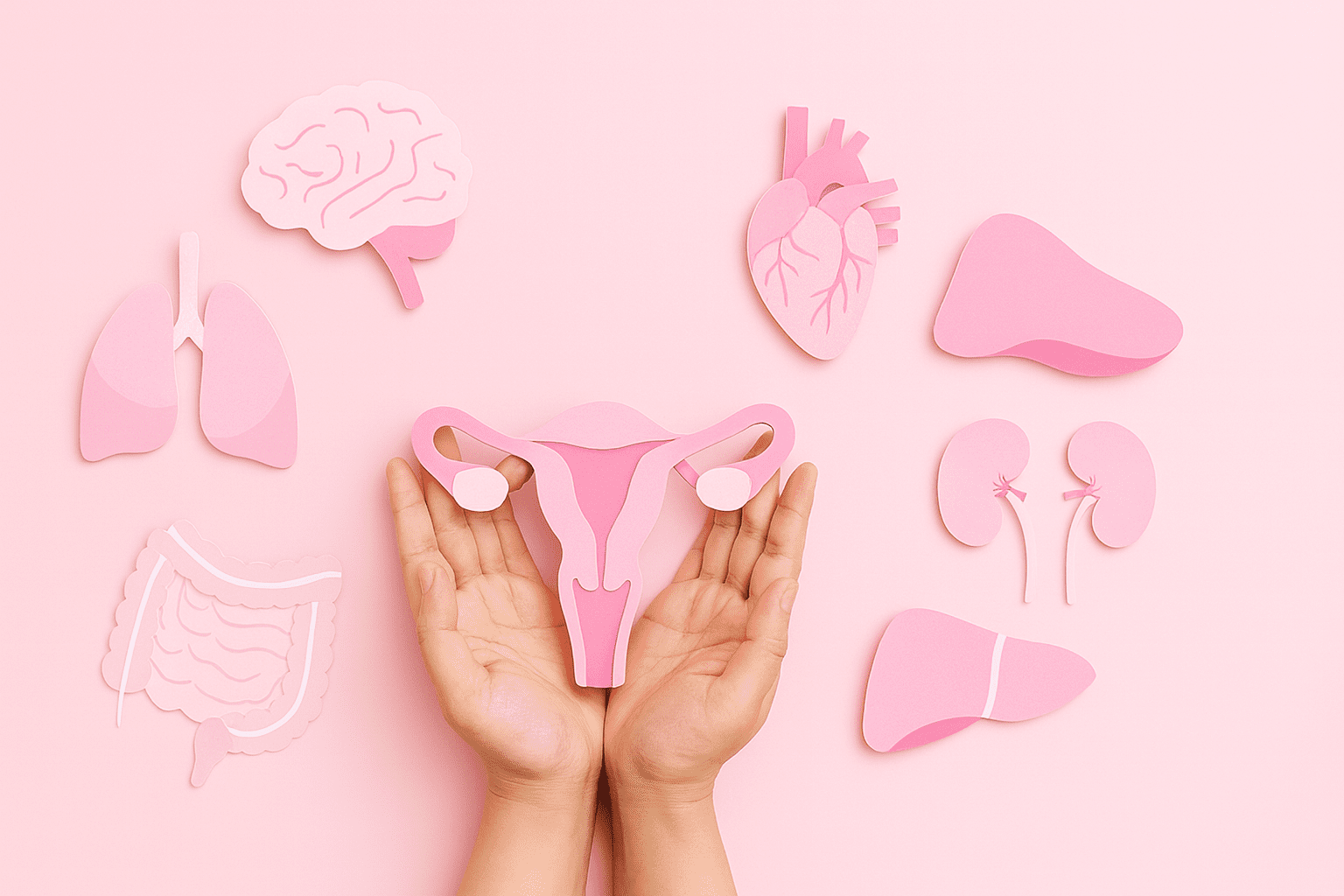Women’s health is finally getting the innovation it deserves, with investment shifting from apps and wellness to advanced medical devices that solve long-standing clinical problems.
For companies experienced in catheters, implants, and interventional systems, the next generation of women’s health devices will rely on material science, manufacturing control, and miniaturized mechanics to make care safer, faster, and more effective.
Growth Areas in FemTech Devices (2025 – 2030)
Gynecologic Bleeding and Fibroids
Procedures like uterine artery embolization and transcervical ablation are replacing hysterectomies. These devices require microcatheters capable of navigating tortuous vasculature, delivering embolic agents with precision, and maintaining visibility under fluoroscopy.
- Common materials: PTFE liners for low friction, nitinol or stainless-steel braids for torque control, and Pebax or polyurethane jackets with hydrophilic coatings for smooth tracking.
- Manufacturing processes: laser cutting for steering segments, thermal bonding for multilayer tubing, and platinum-iridium marker bands for radiopacity.
Post Partum Hemorrhage (PPH) Devices: Tamponade & Vacuum
Single-use tamponade and vacuum systems are being redesigned for faster setup and built-in pressure feedback.
- Design trends: TPU or silicone balloons with integrated MEMS pressure sensors, and low-profile inflation tubing for rapid response in labor and delivery units.
Pelvic Floor Implants
Modern implants now emphasize atraumatic delivery and long-term biocompatibility.
- Material systems: polypropylene and PTFE mesh fabrics, nitinol anchor arms, and bioresorbable tethers that provide temporary fixation before resorption.
- Production techniques: laser-cut frames, heat-set nitinol deployment arms, and precision insert-molding and over-molding for soft-tip introducers.
Fertility and Assisted Reproduction
IVF centers rely on catheters and lab disposables designed for repeatability and cleanliness.
- Common structures: single-lumen or coaxial retrieval catheters with Pebax outer layers, lubricious PTFE liners, and integrated ergonomic handles.
- Process control: cleanroom extrusion, reflow bonding, and EO sterilization validated for delicate polymer assemblies.

Beyond Gyne: Oncology, Contraception & Vascular FemTech
Targeted Oncology Therapies
Interventional oncology is merging with women’s health as localized catheter-based drug delivery and ablation grow.
- Emerging designs: micro-infusion catheters with controlled-porosity tubing, RF ablation catheters with embedded thermistors, and titanium or PEEK drug reservoirs with controlled-diffusion polymer membranes.
- Surface treatment: electropolished nitinol and Parylene-coated stainless steel to reduce friction and ion release.
Contraceptive Innovation
New intrauterine and transcervical systems are moving toward long-acting, reversible, and non-hormonal designs.
- Examples: nitinol-frame IUDs that self-expand after deployment, flexible delivery tubes with preloaded insertion mechanisms, and bioresorbable occlusion implants using PLLA or PGA blends.
- Manufacturing approach: shape-setting nitinol frames at precisely controlled transformation temperatures, and micro-assembly under Class 7 cleanroom conditions for dimensional repeatability.
Cardiovascular and Vascular Health in Women
Vascular interventions are being re-engineered around female anatomy with smaller diameters, gentler forces, and more flexible delivery.
- Device examples: 0.014″ nitinol guidewires with hydrophilic coatings, ultra-low-profile sheaths, and fabric-covered bioresorbable plugs for vessel closure.
- Imaging integration: IVUS and OCT catheters miniaturized for smaller vessel sizes, using polymer optical fibers and soft distal tips to reduce trauma.
Materials & Manufacturing That Enable FemTech
Across these applications, the same technical enablers keep showing up:
- Advanced alloys and polymers: nitinol for super-elastic frames; Pebax, polyurethane, and PTFE for multilayer catheter shafts; silicone and TPU for compliant balloons.
- Clean manufacturing: injection molding, thermal bonding, adhesive sealing, and micro-welding performed in ISO 7 cleanrooms.
- Precision forming: laser micromachining, EDM, and femtosecond cutting to create fine features, perforations, or flexures.
- Surface finishing: electropolishing, passivation, and thin coatings (Parylene, DLC) for corrosion resistance and smooth delivery.
- Testing and validation: fatigue cycling, burst and leak testing, and radiopacity verification.
Why This Matters (and How to Build It)
As investment shifts to safer, smaller, smarter devices, the leaders in FemTech will be those who adapt the best of cardiovascular engineering, namely materials science, precision manufacturing, and rigorous validation, to gynecologic, reproductive, oncology, and vascular indications.
Exploring a FemTech implant or delivery system? At Medical Murray, this is where we thrive. We combine catheter and implant engineering, materials expertise, and scalable manufacturing to bring life-changing women’s health technologies to market.
